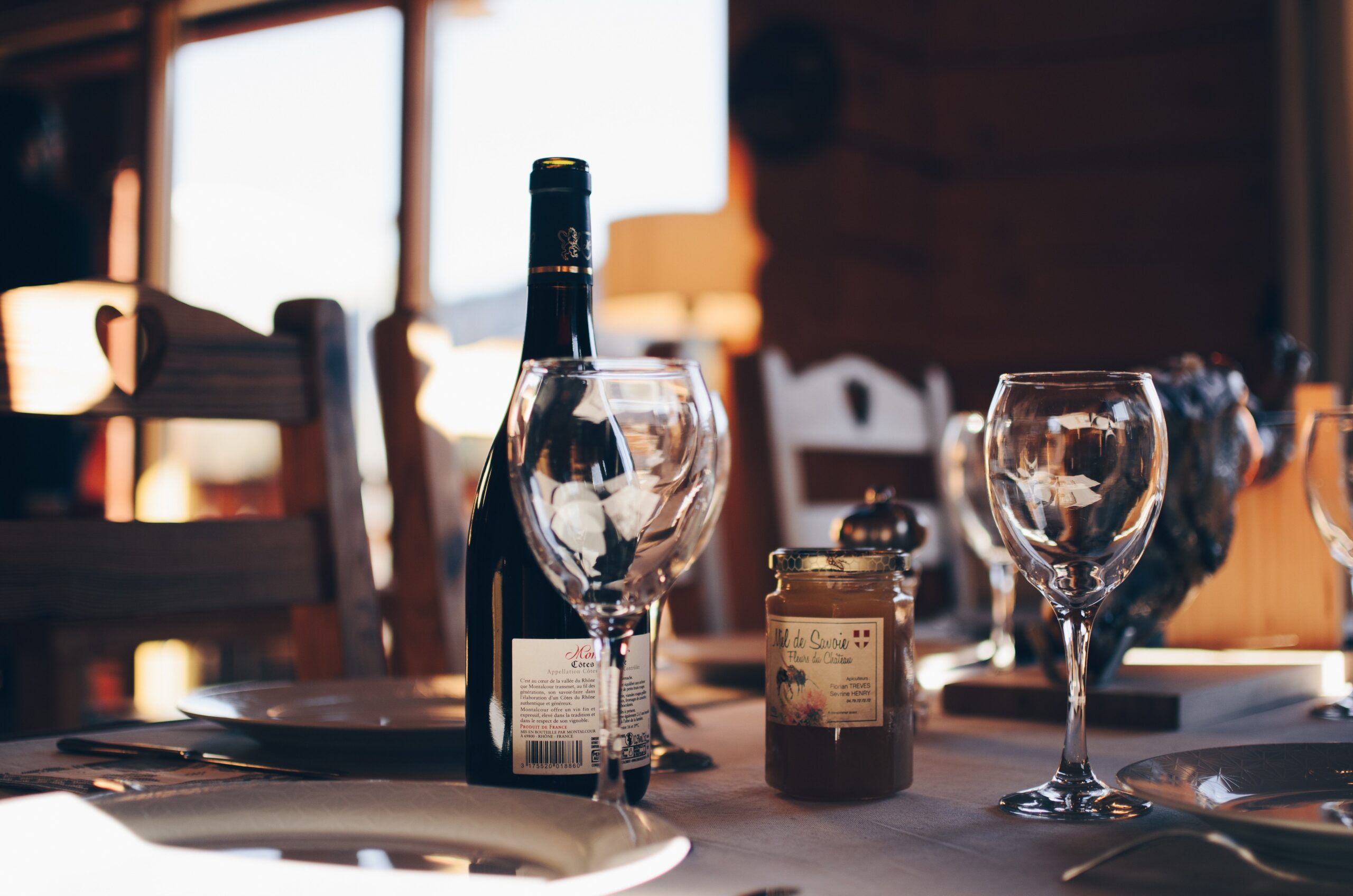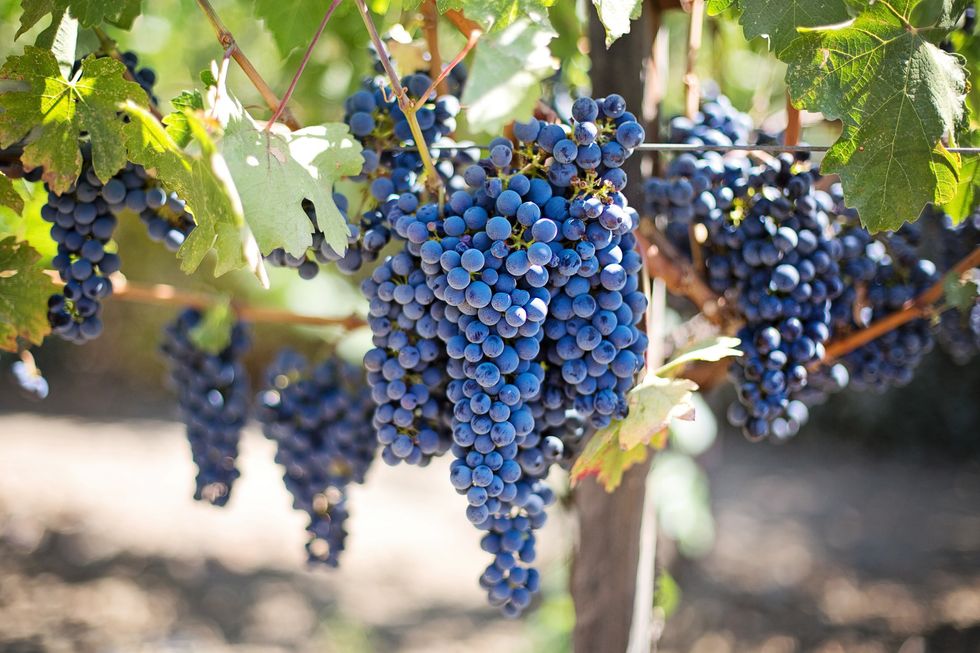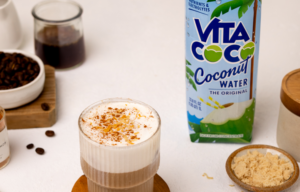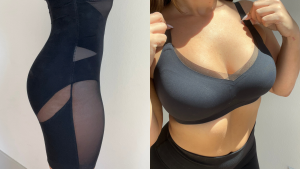24 August, 17

Let’s wine about it: A guide to buying and drinking
The thoughts about what makes a good wine are as extensive as the variety and price range. But regardless of differing opinions, don’t whine about wine. Just sip it.
But first, a little background.
So how do they make it?
It’s made of fermented grapes. So, grapes plus yeast plus time in casket equals wine. Occasionally other fruits are added into the mix.
What affects the flavor of wine?
Everything from the amount of rain the vineyard got to the minerals in the soil. Too much rain in a year, especially before a harvest, can throw off the sweetness or acidity of a wine. Expect the flavors of wood to seep in the wine and longer it’s in the casket the more woodsy notes appear in your palate.
Anyhow, what are the flavor profiles of wine?
Wine flavors usually fall into the dry, sweet, fruity and earthy categories
How many types of wine are there?
Broadly speaking wine can be categorized into white, red and rose. If you want get more specific, there are nine categories: sparkling, light-bodied white, full-bodied white, aromatic white wine, rose, light-bodied red, medium-bodied red wine, full-bodied red wine, and dessert wines. Body of the wine refers to the way it feels in your mouth. Generally, the higher the alcohol content the fuller the body.
White wines are made from skinless red or green grapes. They often include citrus and spicy flavors.
Examples:
- Chardonnay (Full-bodied)
- Pinot Grigio (Full or Medium-bodied)
- Sauvignon Blanc (Medium-bodied)
- Riesling (Aromatic)
Red wines are made from red grapes fermented with the skin. Reds, like whites, can be found in all four flavor profiles.
Examples:
- Cabernet Sauvignon (Full-bodied)
- Malbec (Full-bodied)
- Merlot (Medium-bodied)
- Pinot Noir (Light-bodied)
Rose is sort of a hybrid red. Just enough of the grape skin colors are added into the wine to create a pinkish color. The longer the grape skins are left in the wine, the darker the pink hue.
Examples:
- White Zinfandel
- Pinot Noir Rose
- Pink Moscato
- Italian Prosecco,
- Italian Lambrusco
- Spanish Cava
- Port
- Sherry

What’s the serving size for wine?
Four to 5 ounces. So, not the whole glass. Dessert wines are served in 3.5 ounces servings since they are sweeter and paired with another sweet item.
What temperature should I serve wine?
Sparkling varieties need to be served almost ice cold at about 40 to 50 degrees. Put the bubbly in the freezer for an hour or in an ice bucket for thirty minutes and you’ll get the satisfying pop and fizz. Keep it in the ice bucket after serving the first glass to keep it cold and preventing it form sweating. Whites and roses need be served at 50 to 60 degrees. Red wines are served below room temperature—think 60-70 degrees. After opening the wine, let reds, whites and roses sweat to room temperature. The increase in temperature changes the flavor and aroma slightly.
Are all wine glasses the same?
No. Just like most other alcohol, some glasses are better-suited take in the aromatic qualities of the wine. Red wines tend to be served in glasses with larger bowls and white wines are served in smaller bowls. Stemmed glasses prevent your body heat to increase the temperature of the wine.
Is it really true that there’s no difference between expensive and cheap wine?
Everything, I mean everything — label, price, color, food and temperature — can affect how wine tastes to you. So if a $10 American Cabernet Sauvignon taste better to you than a $150 French Cabernet Sauvignon, than you do you.
How do I pair wine with my food?
The general rule is that white wines go with fish, chicken and pork dishes. Red wines go with red meat dishes. But some wines do better alone or with a cheese board.



